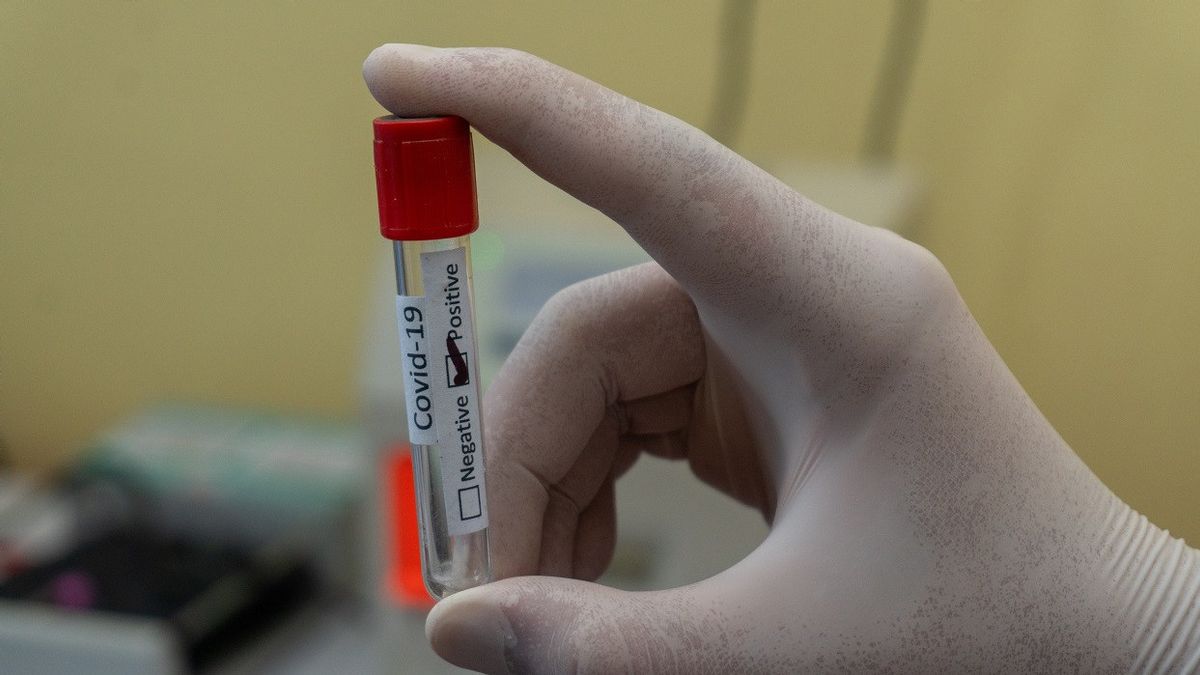JAKARTA - Another study that tried to examine the origins of COVID-19 was revealed by researchers. This time, researchers said the virus may have spread in China in early October or two months before the first case in Wuhan.
Researchers from the UK's University of Kent used methods from conservation science to estimate that SARS-CoV-2 first appeared from early October to mid-November 2019, according to a paper published in the journal 'PLOS Pathogens'.
With this method, the researchers estimated the most likely date of the virus' appearance to be November 17, 2019 and likely to have spread globally in January 2020.
While China's first official COVID-19 case occurred in December 2019, it was linked to the Huanan seafood market in Wuhan. However, some of the early cases had no known connection to Huanan, implying SARS-CoV-2 was already circulating before it reached the market.
A joint study published by China and the World Health Organization in late March acknowledged there may have been sporadic infections in humans before the Wuhan outbreak.
Interestingly, in a paper released in print this week, Jesse Bloom of the Fred Hutchinson Cancer Research Center in Seattle recovers deleted sequencing data from early COVID-19 cases in China.
The data show that the samples taken from the Huanan market are not representative of SARS-CoV-2 as a whole, and are variants of a previously circulating ancestral sequence, which spread to other parts of China.
Separately, the US National Institutes of Health confirmed to Reuters that the samples used in the study were submitted to the Sequence Read Archive (SRA) in March 2020 and later removed at the request of Chinese investigators, who said they would be updated and submitted to another archive. .
Critics say the removal is further evidence that China is trying to cover up the origins of COVID-19.
"Why are scientists asking international databases to delete important data that tells us about how COVID-19 started in Wuhan?" Alina Chan, a researcher at Harvard's Broad Institute, wrote on Twitter.
Another study by Australian scientists, published Thursday in the journal Scientific Reports, used genomic data to show that SARS-CoV-2 binds to human receptors much more easily than other species, suggesting that the virus was already adapted to humans when it first emerged. .
It was said that perhaps, there was another unidentified animal with a stronger affinity that served as an intermediate species, but the hypothesis that it leaked from the laboratory could not be ruled out.
"While it is clear that early viruses had a high propensity for human receptors, that does not mean they were 'man-made'," said Dominic Dwyer, an infectious disease expert at Australia's Westmead Hospital who was part of the WHO team investigating COVID-19 in Wuhan this year.
"Such conclusions remain speculative," he said.
Serum samples still need to be tested to make a stronger case for the origins of COVID-19, said Stuart Turville, professor at the Kirby Institute, an Australian medical research organization that responded to the University of Kent study.
"Unfortunately with the current pressure of the laboratory leak hypothesis and the sensitivity of doing this follow-up research in China, it may take some time until we see such reports," said Turville.
The English, Chinese, Japanese, Arabic, and French versions are automatically generated by the AI. So there may still be inaccuracies in translating, please always see Indonesian as our main language. (system supported by DigitalSiber.id)









